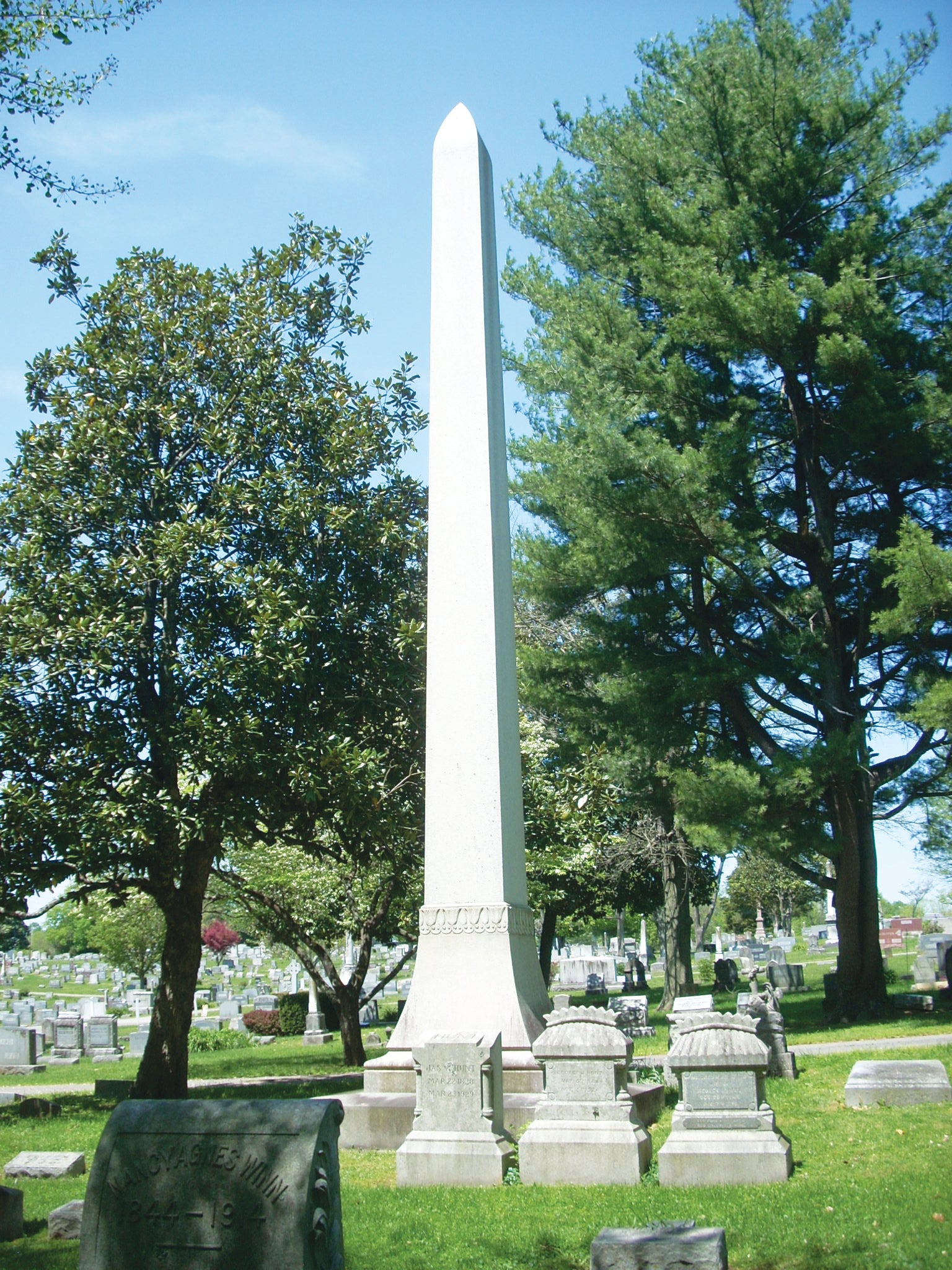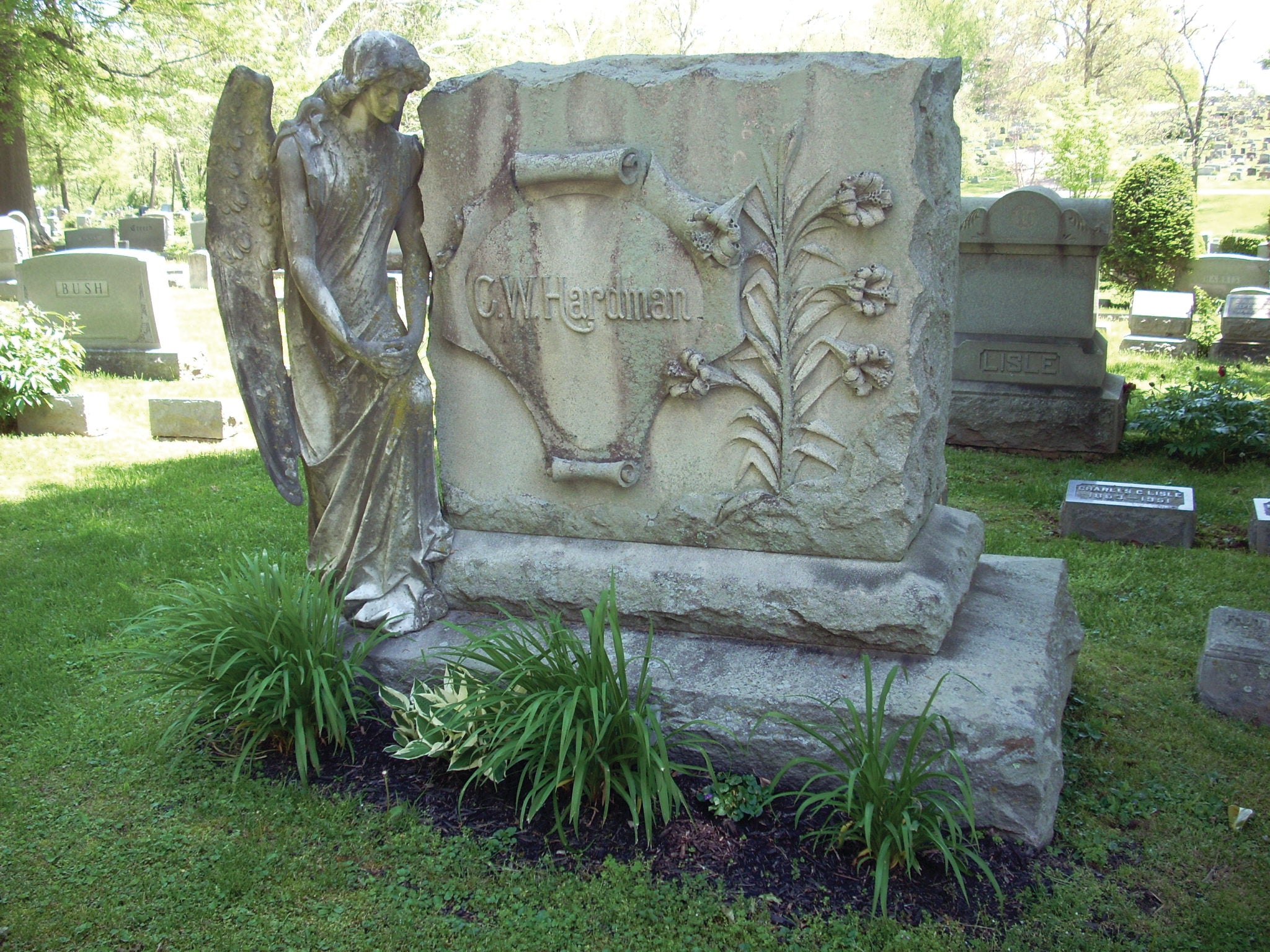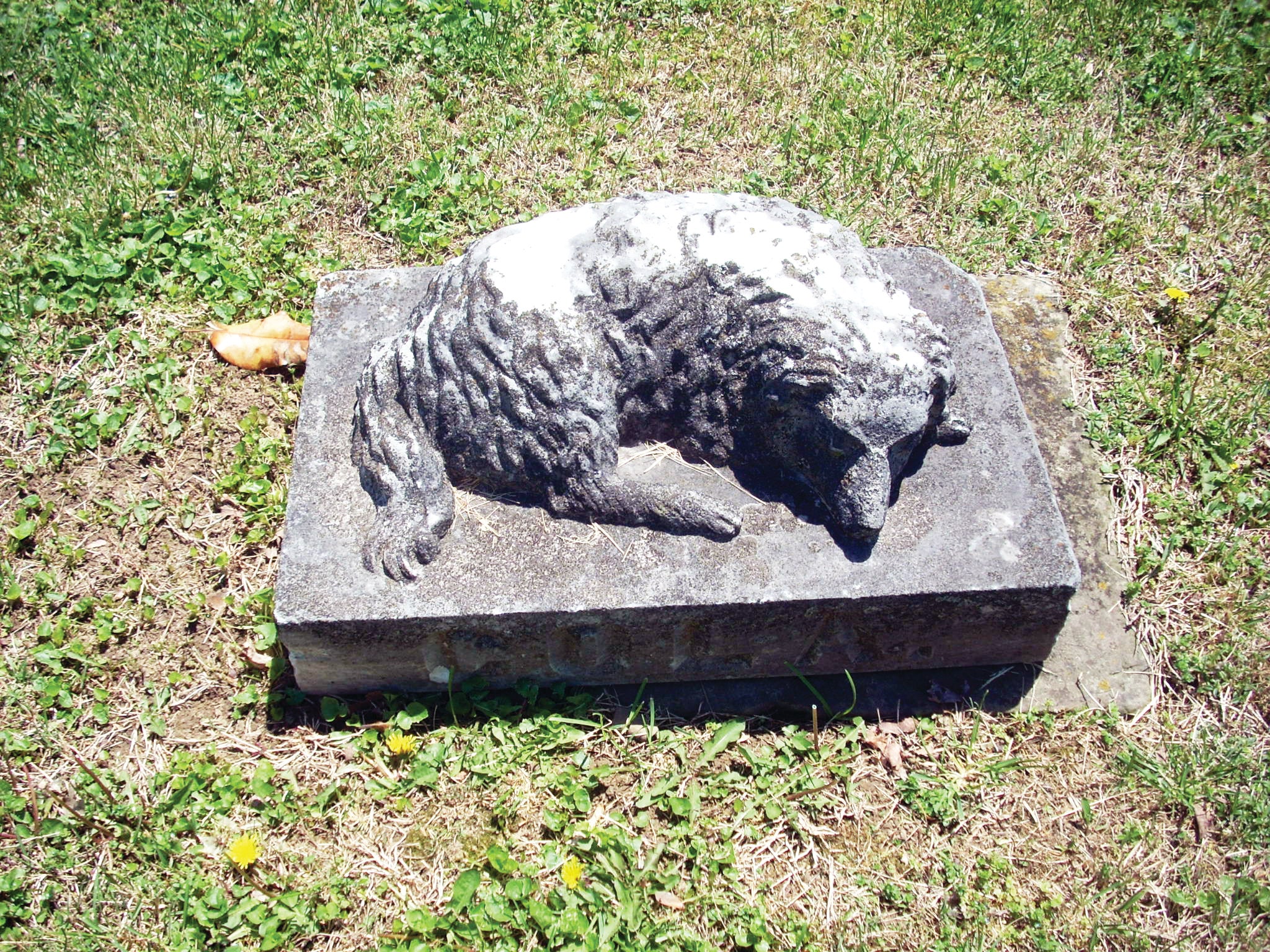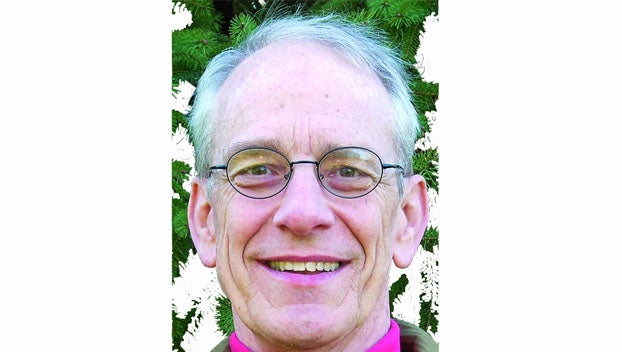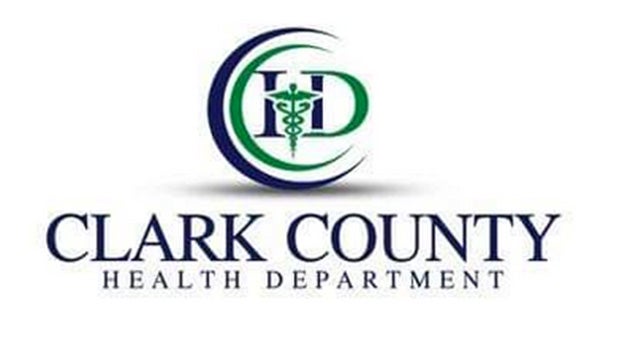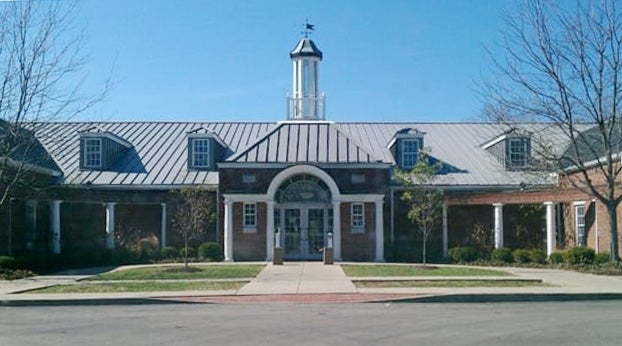ENOCH: A walk at Winchester Cemetery
Published 11:53 am Friday, May 8, 2020
|
Getting your Trinity Audio player ready...
|
On Monday, we finally had a gorgeous spring day, so I took the opportunity to visit one of the city’s most beautiful public spaces: the Winchester Cemetery.
Besides needing to get out and walk, there was another purpose for my visit. I had several old newspaper clippings copied at the library, both were about the cemetery, and I wanted look for some of the landmarks mentioned in each.
The first article was by James Maret (1855-1936), a historian from Mount Vernon, who spent a good deal of time in Winchester. He went looking for the tallest monuments in the cemetery, which he concluded were the obelisks of David H. Bratton (Central H) and James Simpson (Central F).
Bratton was a successful farmer at Wades Mill.
Simpson was a noted Winchester attorney who served as a judge for the circuit court, Kentucky Court of Appeals and its chief justice before later accumulating considerable wealth in the mercantile and banking business.
These are handsome spires. However, I believe the one of Charles Mitchell, the “Coca-Cola man,” in the Western Revised section is the tallest in the cemetery. I wish I had taken something with which to measure.
Other candidates for the honor might be the monuments of Newton Holly Witherspoon (C5) and Abram Renick (Western A).
These are all easy to find; just walk around and look up.
The smallest stone Maret saw was that of Mary Ellen Eubank, whose grave I was unable to find.
I did locate another tiny monument, that of Cola (Central E), a dog buried at the foot of his master — thought to be the only animal buried in the cemetery.
Maret judged that the most visited monument — based on the paths worn in the grass — was Morgan Lee Morton’s (D9). His large stone has the carved figure of a woman standing by its side holding out a wreath of flowers.
I think my favorite is C. W. Hardman’s (B3), which has his name on a scroll with a stem of lilies next to it, and beside the stone, a lovely marble angel stands guard.
There are number of other fine examples of women on monuments, no men though. On Thomas C. Robinson’s (Central C), a woman missing her right forearm, stands with her left hand on an anchor, symbolizing eternal life.
On Lewis Hampton’s (Central 4), there is a handsome angel whose hand holds up the hem of her gown to show a bit of thigh. I don’t know what that symbolizes.
Atop John W. Redmon’s (Central E), a woman holding a wreath looks down from a stack of tiered pedestals, one of which is covered with funereal drapery.
One thing Maret saw that no longer exists was a burial vault belonging to John W. “Jack” Martin. Martin purchased his lot in Central C in 1864.
According to Maret, he was buried there with his four wives. Martin actually married thrice, first to Frances Duvall, then to Martha Noe, and then to Sarah Ann Duval Thomas.
He had a large lumberyard in Winchester and a steam sawmill near Combs Ferry.
His vault has disappeared without a trace, and no gravestones replace it.
Maret also mentioned a white bronze marker of the IOOF that has vanished.
Two of Winchester’s earliest lodges purchased cemetery lots in 1857, presumably for indigent members: the Independent Order of Odd Fellows, Hickman Lodge 72 (Central E) and the Winchester Masonic Lodge 20 (Central F).
Robert Moore, the artist from Ireland who died at the poor house, lies in an unmarked grave in the Mason’s lot.
Another unsolved mystery comes from a 1972 clipping. While leading a Winchester Sun staff writer on a cemetery tour, Kathryn Owen stated, “The victims of the 1865 Gay-Price feud are buried not far from their sworn enemies.”
Owen’s cemetery book lists a grave for James Price, who died on Feb. 14, 1865, and for John D. Gay Sr., who died Sept. 13, 1865.
I was able to locate Gay’s grave (Central 8) but not Price’s. There must be a story behind that, but I haven’t found it yet.
The monuments mentioned above are all worth a look if you are out there walking.
The cemetery sections (shown in parentheses above) are well marked, and their website (www.winchestercemetery.com) has more detailed maps.
Zach Wills, manager, and his team do a great job of keeping the grounds manicured. It is a beautiful and peaceful place to visit.
You can also view some incredible works of sculpture, study cemetery symbology and discover ancient trees that grew there before Clark County was settled — a blue ash (Central E) and a chinkapin oak (Central Revised J).
And of course, the cemetery, established in 1854, is a catalog of local history.
Harry Enoch, retired biochemist and history enthusiast, has been writing for the Sun since 2005. He can be reached at henoch1945@gmail.com.


